KASHITU SCHOOL COMPETITION
design & build
INSPIRELI Kashitu architectural competition calls for innovative student designs of the buildings in the Kashitu Secondary School Campus which would push both architectural and technical boundaries of the current design of a typical Zambian school
This is a unique project of „Design and Build“ where the students get the chance to build the school with their own hands.
The announcer of the competition is the Czech Technical University in Prague with the support of Architects Without Borders.
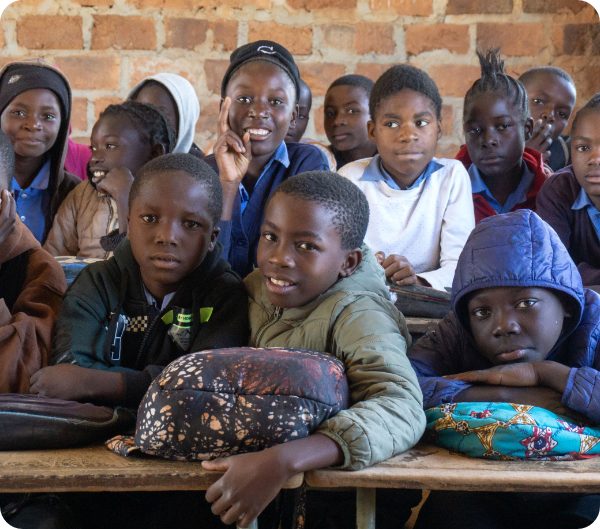
Time Schedule
October 1, 2024
Start of signing up for the competition
June 15, 2025
Termination of registration for the competition
June 17-23, 2025
Voting in the semifinals
June 26 - July 7
Voting in the finals
June 26, 2025
Announcement of finalists
October 6, 2025
Announcement of the winners
Sign up for the latest information!
Gallery
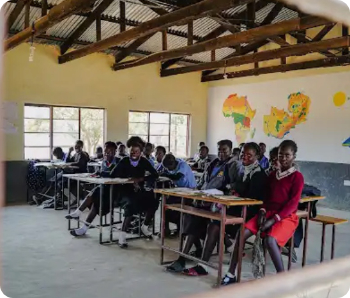
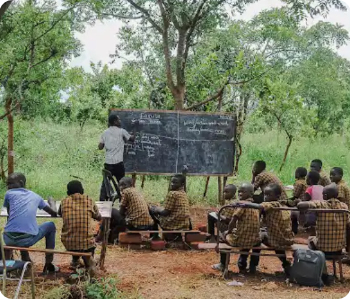
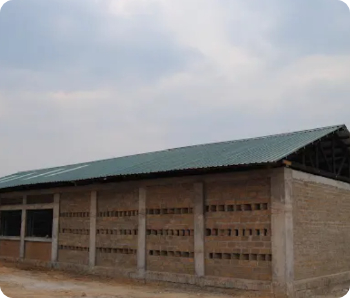
Google map
Google MapsCompetition subject
The subject of the architectural competition is the design of secondary school campus buildings in Kashitu, Zambia.
Contact person
Mgr. Eva Machová, Ph.D.
+420 607574457
avocham@gmail.com

Sign up
Submit your project (or more)
Compete also at Inspireli Awards sub-competitions:
Architecture, Urban Design, Interior Design, Archicad Prize, Chaos Prize, Edu-Competition
All sub-competitions are evaluated separately aside the main INSPIRELI AWARDS, so you can win multiple prizes with the same project.
For each project, it is possible to mention all team members that worked with you.
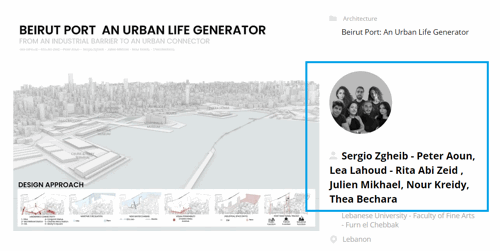
Submission requirements:
- Minimum size: 1000 x 1000px
- Maximum size: 8160 x 8160px
- File formats: PNG, JPG or PDF
- Color mode: RGB
Remember all photos you do not create have property rights, so please do not include those pages into your submission (i.e. research part including photographs)
By including a description to your entry, you'll increase your chances of winning by helping the INSPIRELI AWARDS jurors better appreciate your submissions and the meaning behind it.
Due to the international character of the context, all enters are required to be written in English.
Chairman: Jan Tilinger
Juror: Petr Čanda (Project Coordinator)
Juror: Bornface Mamfunda (Chairman of New Renato Community Society)
Juror: Anežka Havránková (Chairman of Přátelé New Renato)
Juror: Andrea Tabocchini (Founder of Andrea Tabocchini Architecture)
Juror: Hermann Kamte (Founding Associates and the Creative Director at HKA | Hermann Kamte & Associates)
The other members of the jury will be specified latter
This is a non-profit project and therefore it is not possible to provide financial prizes. The winning team will be given the opportunity to build the selected building by themselves, on site in Zambia. (Winning the competition does not guarantee the provision of funds for construction, transportation, or accommodation of the team members. However, the participating organizations will provide support in obtaining funding for the construction, transport and accommodation)
In case of construction of the design (s), the name(s) of the author(s) of the winning design(s) will be displayed at the appropriate building, which will come from the winning design.
How many people will be accommodated in the educational structure?
About 250 people, girls and boys 1:1
What is the age range of the students who will be accommodated?
Approx. 13-18 years
Is it mandatory to place the design on the upper part of the site, which is shown as "building phase 2" in the specifications, or is the area shown as "building phase 1" (the lower part) the mandatory area for placement? If placing the design in building phase 2 is not mandatory, can a competitor still use that area if they wish to? And what is the purpose of the boundary lines around the light gray structures in the building phase 2 area? Do they have any significance?
In the upper part of the plot, there will be the teachers accomodation and there should not be designed anything else. The plot for it is large, because it is common that the teachers grow some of their food. The approved designs (same in most of the schools in the area) will be used there, so there is not much place for redesigning. The gay lines are the vegetable gardens of the teachers (I expect that it will be changed to fill the entire plot)
Do the dark gray and light gray areas shown as "building phase 1" and "building phase 2" need to be designed as separate, modular blocks as shown, or can we completely change the form of this area? For example, can we design the structures as one single building within the site boundary instead of modular ones?
You should only design in the area marked as building phase 1. You can change the size, shape or position of the buildings, but it is not mandatory.
The specifications mentioned the ICEB (Interlocking Concrete Embankment Block) system. Do we have to use ICEB? Or can we propose alternative solutions instead of ICEB?
There should be used mostly ICEB. It is the technology which local people can use and 2 other buildings are already constructed by this technology, the technology to make ICEB is already on site. If you use another construction system, you should convince the jury it is so good, that it is worth it to change the construction system local people know and possibly higher cost, transport difficulties, etc.
The program of requirements has been provided, but the exact square meterage of the design is not specified. Is there any limitation regarding the total area of the design?
I do not know about any limitation about the total area. But it is likely the budget will be limited.
Based on the visuals, there do not seem to be many buildings near the site. Where exactly will the students come from for the school? Is there a nearby settlement?
Actually there are nearby settlements around (small farms etc. ) but it is not concentrated in main clusters. It is planned for most of the students (aprox.80 percent) to live in school as the transport options are very limited.
Is there anything extra required for the preliminary application for the competition? Or is it sufficient to complete the project and submit it by June 16th?
No
The submission guidelines specify the size of the boards, but there is no information about how many boards need to be submitted. Is there any limitation regarding the number of boards?
No, but it should be in one PDF or minimaly 3 JPG files.
Lastly, according to the Zambian education system, secondary education is divided into 2+3 years. However, we are not entirely sure about this. Are the classes mixed-age, meaning students from all levels will be in the same class? For example, will a 13-year-old student and a 17-year-old student attend the same workshop, or is it expected to have separate workshops for each age group?
There is a 5 year system (there are rumors it will be changed to a 4 year system in future). There could be some mixing of age groups, mostly in theoretical classes. There should be in smaller groups in practical lectures in workshop, so mixing of the age groups is not likely in practical education. The younger and older students would use the same workshop but not at the same time.
Should we design according to the measurements already drawn on the master plan or re-model everything
You can use preliminary designs or you can challenge it and make your own design. You should respect already constructed buildings (red in the masterplan).
The master plan dimensions are they in meters or millimeters
Depends what program you use. You can find it out by comparing it to the google maps ling provided in the documentation.
Can we use the grass-hatched roof when designing?
Yes
Do the classrooms and the school area have electricity or should we only consider the natural light
There is electricity but it is not reliable and it does not always work.
Regarding the trees in the compound are we to as well remove them or we design to put them into consideration
You can choose.
According to the pictures some of the blocks are bigger and some smaller…when we are designing can we use double bricks or all of them must be single bricks
It is your choice.
What is the relationship between the building of the night watchman with the front desk and the residential building of the existing middle school night watchman?
The existing building will be used by the schoolkeeper, there should be another building designed for watchman with the front desk.
What are the local safety requirements for schools in Zambia? (Some African regions mention high crime rates in the surrounding areas of schools)
The local safety situation is reasonably good as it is not the urban area.
What are the traditional techniques for thatching roofs in the region and the common practices for waterproofing the roofs of buildings?
In the area they usually use roofs made from grass. If they are done correctly, they work well and do not need waterproofing.
Can the workshops designed for the school be used by the local community during school holidays?
Yes, the workshops will be used by the local community during vacations and sometimes educational activities for the local community will take place there, too.
Should we base our project on the site plan provided on the competition website, or are we allowed to modify it?
You can use the plans, but you do not have to (it is a preliminary design only). You should not modify the plot size or shape and you should respect the buildings already present.
Time Schedule
-
October 1, 2024 Start of signing up for the competition
-
June 15, 2025 Termination of registration for the competition
-
June 17-23, 2025 Voting in the semifinals
-
June 26-July 7 Voting in the finals
-
June 26, 2025 Announcement of finalists
-
October 6, 2025 Announcement of the winners


